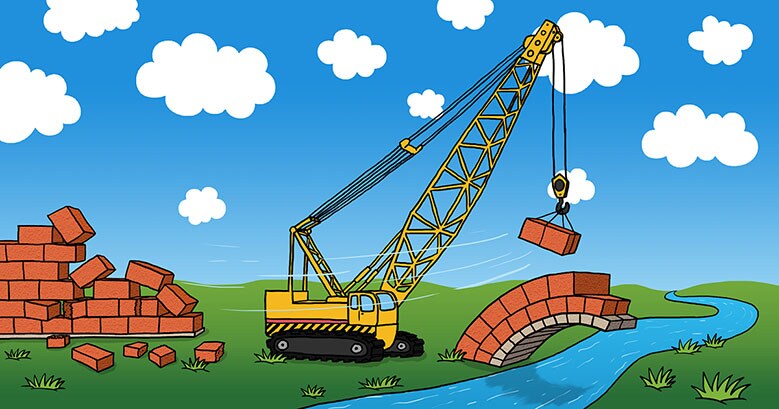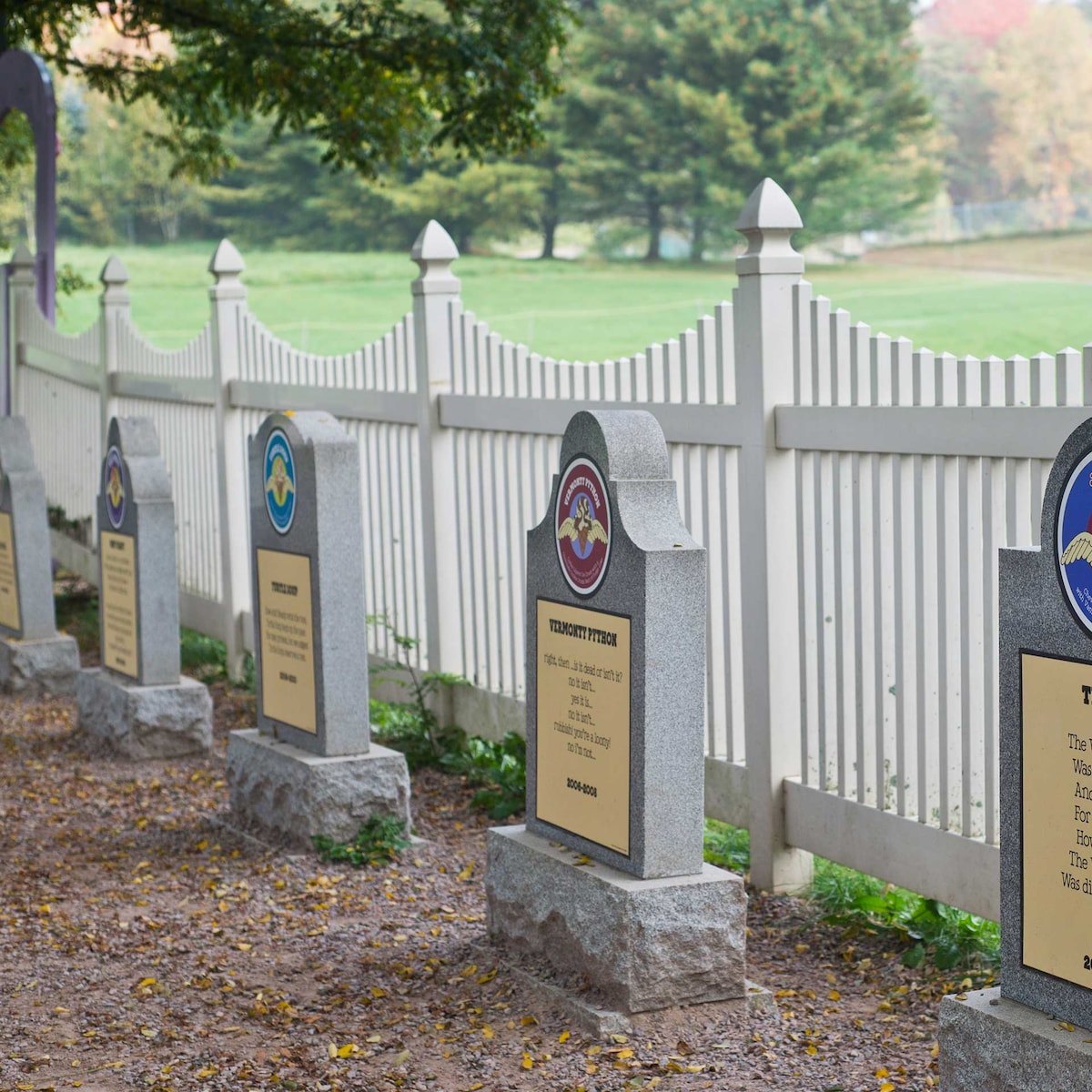4th January 2017

Your local planning department is probably not where you go to get your lols. More fool you, because behind the scenes, local councils are making big decisions on what springs up in your local area - from the mundane to the weird and wonderful. You might be surprised at some of the things that can get through all the bureaucracy.
1. Your own personal stables
Tired of keeping your horses in the utility room? You want to move to Charnwood. Not only have they provided specialised planning guidance on stables, we’re pretty sure they invented the word “horsiculture”.
2. Turning a church into a bar
Or a house, an Irish pub, a library, a circus school or a rock climbing club… Obviously.
3. Art on the fourth plinth
Every time they change the sculpture on the fourth plinth in Trafalgar Square, they have to get fresh planning permission. Lucky then that Westminster Council love giant cock...erels.
4. Breeding maggots.
You’ll be pleased to hear that breeding maggots has it’s own classification in the planning system. If a maggots worth breeding, it’s worth breeding in line with planning regulations… we guess.
5. A levitating hotel
We don’t know about you, but we’re never truly relaxed until we’re suspended between two large rocks above the ocean. Luckily, South Hams District Council has got our back.
6. Fracking rigs
Fracking companies need the council’s permission before they can start drilling in the area. But the government is so keen on fracking, that if councils take too long to make a decision on an application, they’ll step in to speed up the decision (to a yes).
In Lancashire, the council rejected a fracking application after everyone from Bez from the Happy Mondays to local nanas opposed it. Then the government stepped in to reverse their decision. Democracy, eh?
Obviously you can’t always get planning permission for all of these things (probably for the best re the maggots). But they all stand a better chance than one thing - onshore wind turbines.
That’s because the government has created some seriously high barriers for wind turbines to jump over in order to get built. There are two huge hurdles:
Planning Ahead
Local authorities or communities have to pre-assign areas turbines can be built in through local or neighbourhood plans. Doing this properly - looking at wind speeds, local wildlife etc is really time and cost intensive, and local authorities just don’t have the resources to make it happen. With no renewable energy targets to meet, it’s not worth the headache.
Community backing
The government’s guidance says that when applications arrive, local authorities have to make sure they’ve addressed any planning impacts the local community raises, and that the turbine has ‘community backing’. Trouble is, they haven’t said any more than that, so no one knows what this really means. If Alan at no. 2 doesn’t like it, and everyone else does, does that mean it can’t go ahead? The uncertainty means the risk of putting in an application is so high that nobody does it.
Planning nerds will tell you these requirements are unique in the planning system. Neither of these conditions apply to any other type of application or energy source. Not even maggots.
You might remember a farmer who built a castle without planning permission and hid it behind some hay bales to avoid detection. When it comes to wind turbines, we’re going to need a bigger bale…
This blog was written by our climate activist pals over at 10:10. Find out more about the great work they do here.


.png?imwidth=1200)